Stefano Boeri's Vertical Forest dazzles as it stands on RIBA's 2018 international shortlist
By Katherine Guimapang|
Monday, Nov 12, 2018
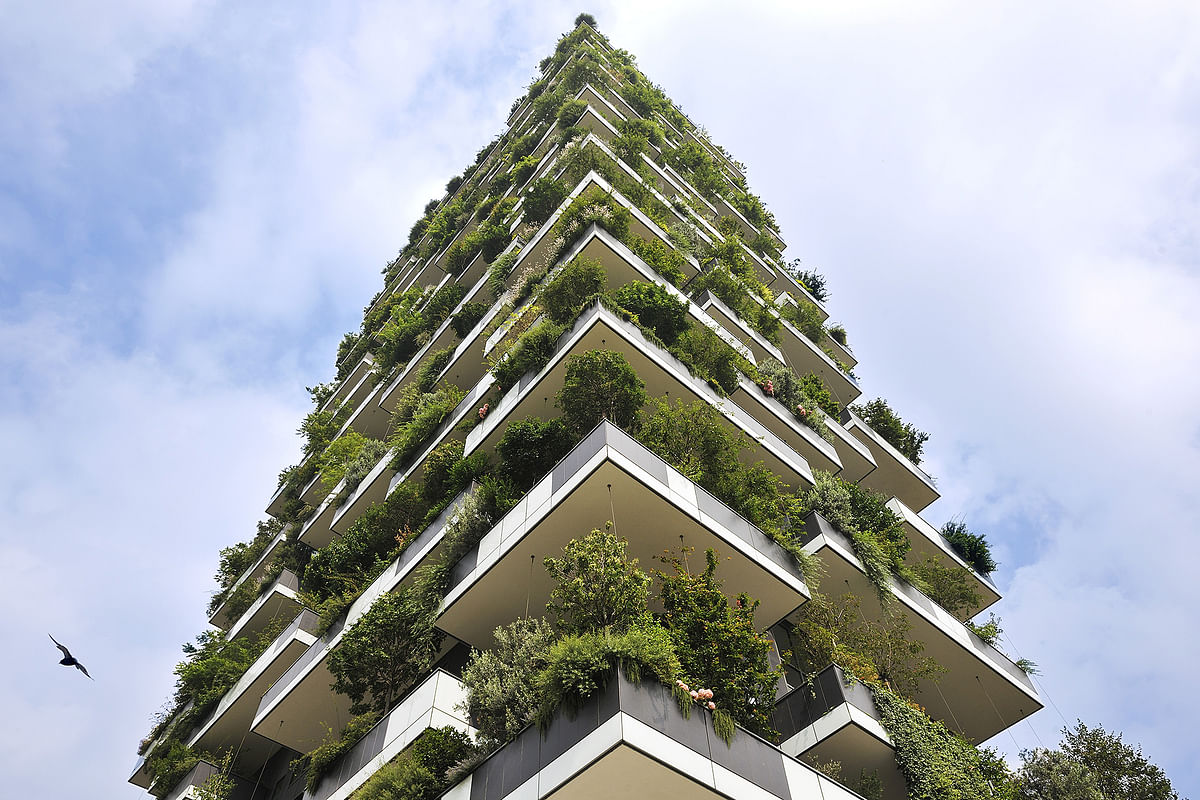
Related
A vertical vision stands at the center of Milan, Italy. The sustainable, residential building created by Stefano Boeri Architetti reaffirms the possibility of urban diversity and its impact within architecture. Developing a green building was taken to the next level with Vertical Forest. Urban planners are tasked with the responsibility of enhancing and maintaining the infrastructure of cities through various solutions. An increase in population density, lack of space, and pollution are only a few of the issues that highly dense cities experience. Through its construction, architect Stefano Boeri wanted to develop a building that would emphasize on metropolitan reforestation. Through this initiative the building would contribute to the regeneration of the city's environment and urban biodiversity. One common issue with building projects in dense cities is space and impact. Through the vertical densification of nature, Boeri and his team used this model to help the city function within the policies of reforestation and naturalization of urban and metropolitan areas.
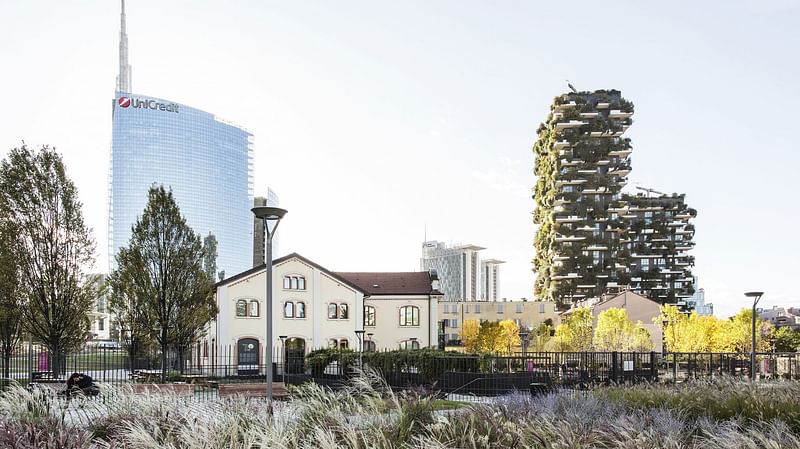
The dual skyscraper stands at 110m in height and 76m. Integrated within the structure is an assortment of 800 trees all ranging in heights ( between 3 - 9 meters), 4,500 shrubs, and a variety of 15,000 plants arranged through out the building. The selection process for the types of trees to be planted took a total of two years to finalize. Their size, fit, and positioning through out the façade of the building was key to the project's success. A team of botanists were consulted through out the project as well. Each selected plant was grown specifically for the impact they would have on the building.
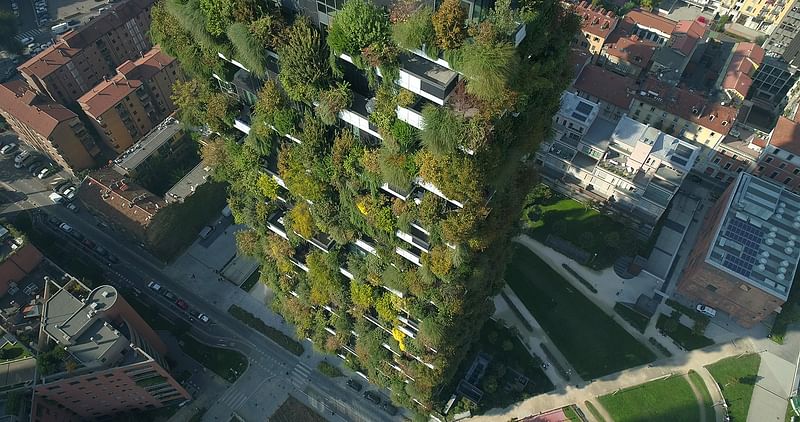
Biologically, the structure allows for different kinds of vegetation to create and support vertical environments where different forms of animal life can coexist within an urban environment. By meshing nature with the built environment, Boeri provides an example of how dense cities can create another form of re-colonization in a which humans and the environment can both thrive. In addition to the biological benefits the building fosters, the diversity of plants helps with the city's air quality. By absorbing dust and CO2 emissions, the building partakes in the production of oxygen as well as protecting people and houses from acoustic pollution.
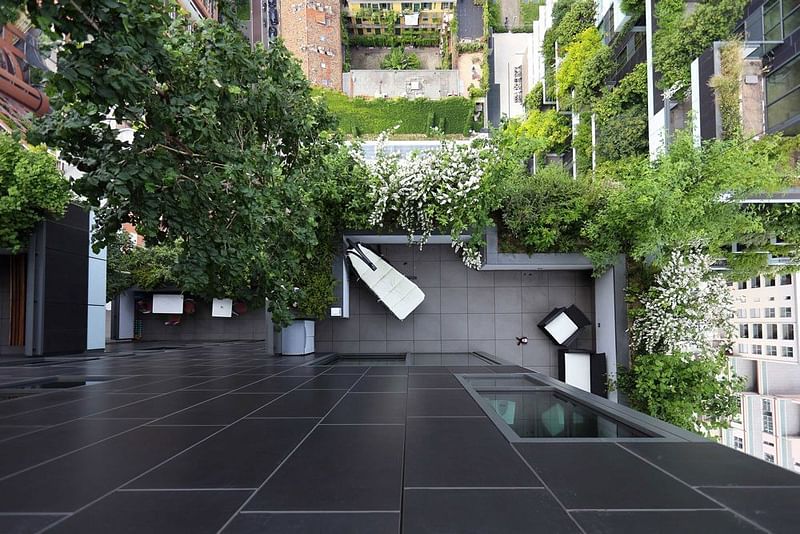
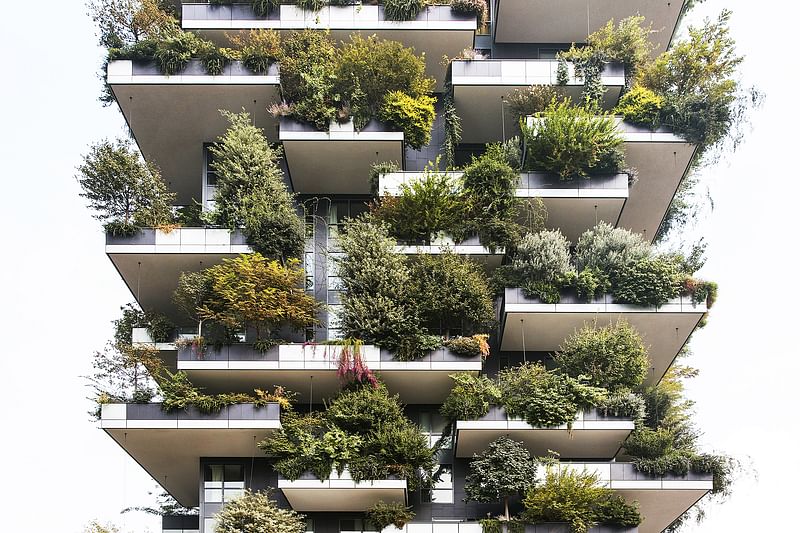
Not only does this green residential building provide direct effects to its inhabitants and its surrounding environment, it also functions as an ecological billboard. Towering over the city, Vertical Forest acts as a landmark which creates a new kind of landscape that has the ability to change with the seasons. Along with its anti-sprawl measures, which helps the management of urban expansion, Vertical Forest is a look into the future of sustainable design in cities. Standing as one of the tallest buildings in the world, Vertical Forest provides an increase in biodiversity as well as fostering the growth of the urban ecosystem in Milan.


Share
0 Comments
Comment as :